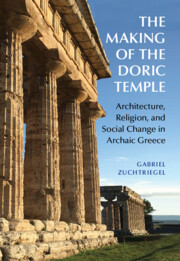It has long been assumed that the planet Jupiter acts as a giant shield, significantly lowering the impact rate of minor bodies upon the Earth, and thus enabling the development and evolution of life in a collisional environment which is not overly hostile. In other words, it is thought that, thanks to Jupiter, mass extinctions have been sufficiently infrequent that the biosphere has been able to diversify and prosper. However, in the past, little work has been carried out to examine the validity of this idea. In the second of a series of papers, we examine the degree to which the impact risk resulting from objects on Centaur-like orbits is affected by the presence of a giant planet, in an attempt to fully understand the impact regime under which life on Earth has developed. The Centaurs are a population of ice-rich bodies which move on dynamically unstable orbits in the outer Solar system. The largest Centaurs known are several hundred kilometres in diameter, and it is certain that a great number of kilometre or sub-kilometre sized Centaurs still await discovery. These objects move on orbits which bring them closer to the Sun than Neptune, although they remain beyond the orbit of Jupiter at all times, and have their origins in the vast reservoir of debris known as the Edgeworth–Kuiper belt that extends beyond Neptune. Over time, the giant planets perturb the Centaurs, sending a significant fraction into the inner Solar System where they become visible as short-period comets. In this work, we obtain results which show that the presence of a giant planet can act to significantly change the impact rate of short-period comets on the Earth, and that such planets often actually increase the impact flux greatly over that which would be expected were a giant planet not present.


